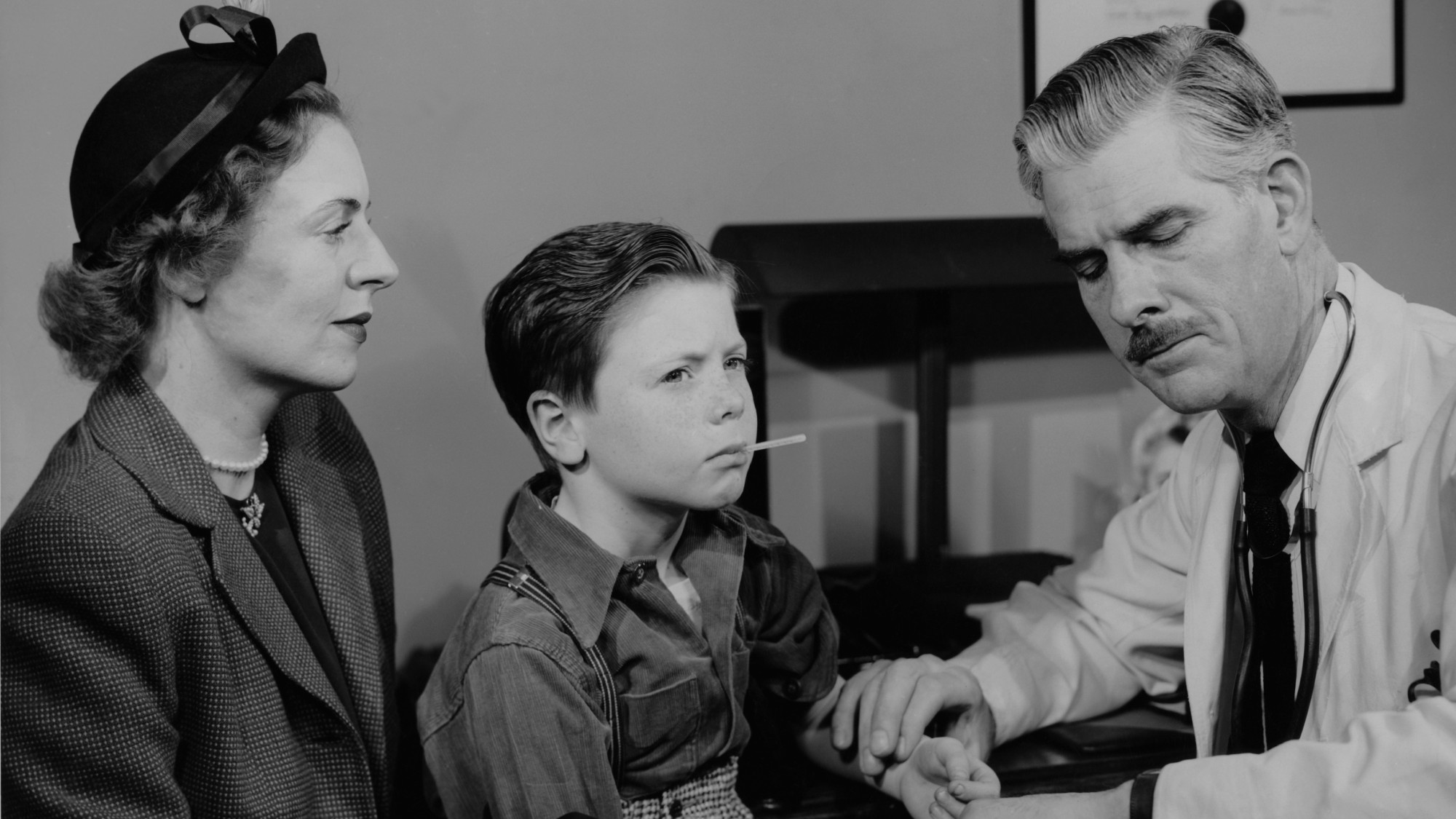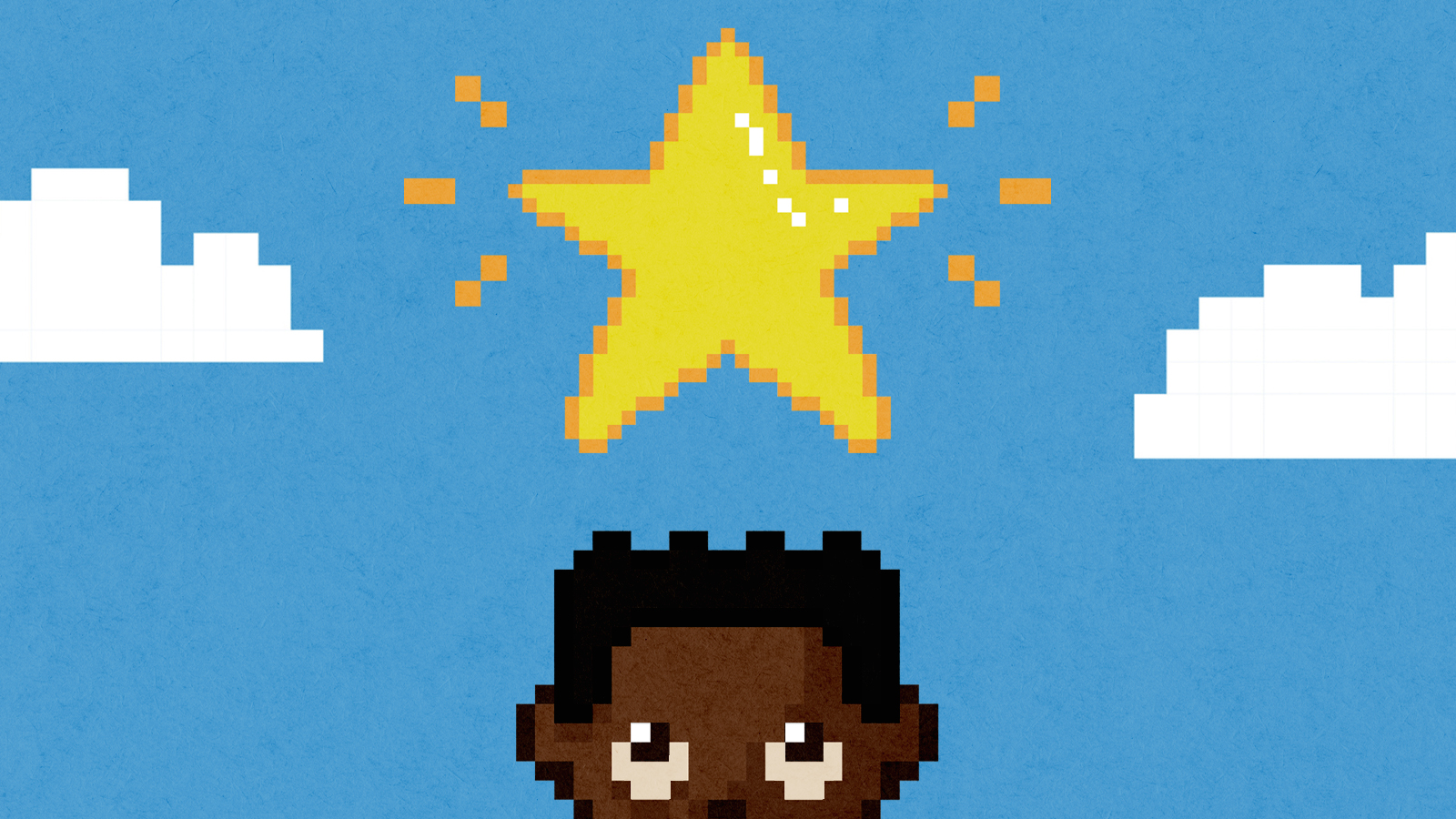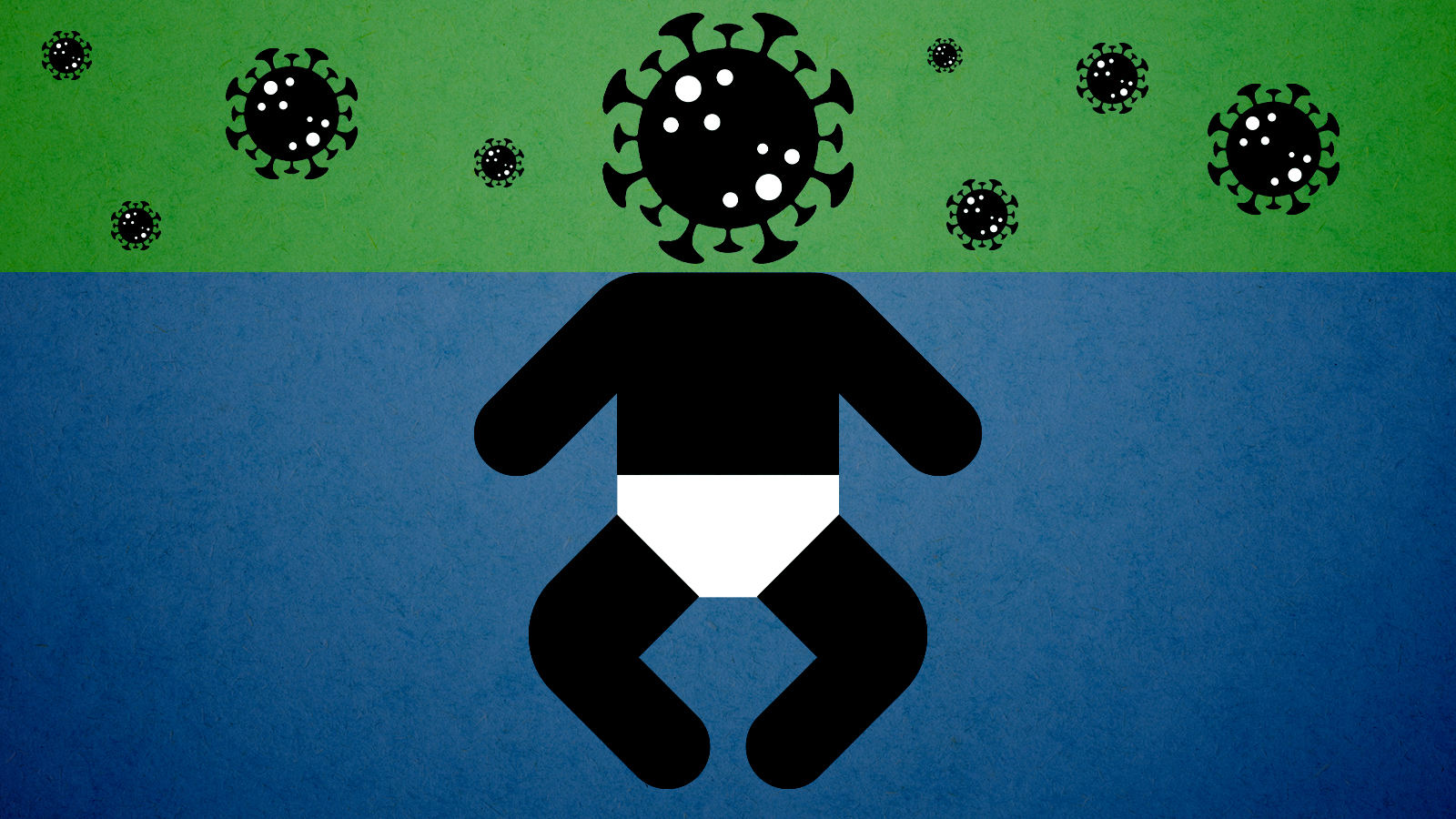The week's best parenting advice: August 30, 2022
There is no national teacher shortage, the real problem with child leashes, and more


1. There is no national teacher shortage
As the school year kicks off around the country, a number of news outlets have reported that school districts are facing serious shortages of teachers, but the "narrative doesn't match the numbers," writes Derek Thompson in The Atlantic. It's true that teacher vacancies exist, but they are "concentrated in specific states, districts, and positions." Rural and high-poverty districts have long struggled to attract and retain teachers, and there is very high turnover in daycares and special education. But we don't have good data pointing to an unprecedented or "catastrophic" shortage, and the data we do have "show that teacher-turnover rates haven't actually increased despite more teachers threatening to quit," Thompson writes. "In fact, the clearest nationwide story isn't a sharp drop in the number of public-school teachers. It's a sharp drop in public-school student enrollment."
2. The real problem with child leashes
If you've ever taken a hyper toddler to a busy train station or crowded amusement park, you may have suddenly found yourself tempted to give the oft-derided child leash a try. Don't, writes Sara Novak in Fatherly. Beyond the obvious safety concerns – your child could fall if you pull too hard on the leash, or it could get tangled around their neck – your child "may interpret being tethered to you via a leash or harness as a form of aggression," writes Novak. "Getting their leash yanked on when they wander too far feels similar to getting hit." Child leashes haven't been formally studied much, so it's impossible to draw definitive conclusions about their impact on kids. But the reality is that "tugging on a child leash isn't all that different from yanking on a kid's arm," or any other physical means of controlling their movements.
The Week
Escape your echo chamber. Get the facts behind the news, plus analysis from multiple perspectives.

Sign up for The Week's Free Newsletters
From our morning news briefing to a weekly Good News Newsletter, get the best of The Week delivered directly to your inbox.
From our morning news briefing to a weekly Good News Newsletter, get the best of The Week delivered directly to your inbox.
3. Helping your child hold onto joy
Children have a natural aptitude for joy; the challenge for parents is to help them retain it, writes Rachel Fairbank in Lifehacker. If you'd like your child to hold onto joy, it is essential for them to build supportive relationships with people who can offer comfort and perspective during hardship. It's also important to help them develop their strengths and pursue their interests, even if they aren't the interests you hoped they'd have. "Allow your child to be a voice in participating and finding their joy," says child psychology expert Maureen Healy. And "when the tough times hit, it's important to set an example for your kids of what it looks like to get through them," writes Fairbank. "Be honest about the fact that sometimes life can be really hard and that there's not always much that you can do about it other than persevere as best you can."
4. Is crawling important?
Several months ago, the CDC removed any mention of crawling from its developmental milestones, drawing ire from some physical and occupational therapists. But the CDC's change makes sense, writes Emily Oster in ParentData. Crawling is difficult to measure, and unlike other milestones, it isn't "progressive" – once a child starts walking, they generally stop crawling. And while there's plenty of evidence that babies' brains develop as they crawl around, "it isn't at all clear that the method of locomotion matters," Oster writes. The small number of studies tying crawling to arm and finger strength are too poorly designed to draw any meaningful conclusions. "There is simply no compelling evidence to suggest that crawling is an inherently important milestone to reach."
A free daily email with the biggest news stories of the day – and the best features from TheWeek.com
5. How to reconnect with your teen
If you're feeling disconnected from your teenager in the wake of the pandemic, you aren't alone, writes Catherine Pearson in The New York Times. Fortunately, there are ways to reconnect. It's normal for teens to pull away from their parents, in which case, "parents should temper their expectations about what strong connection during the tween and teen years looks and feels like," Pearson writes. Maintain an "attitude of curiosity" about their interests, even ones that seem inane or incomprehensible, because "many banal interests can provide opportunities for connection." Curbing screen time can be helpful, but don't just create new sweeping rules – seek out ways to make putting their phone down appealing, such as bringing them out to a new restaurant. And if they do open up to you, do your best to withhold judgment, which will only make them hesitate to open up in the future.
Stephanie H. Murray is a public policy researcher turned freelance writer.
-
 What the new Making Tax Digital rules mean
What the new Making Tax Digital rules meanThe Explainer A new system will be introduced from April to overhaul how untaxed income is reported to HMRC
-
 The former largest iceberg is turning blue. It’s a bad sign.
The former largest iceberg is turning blue. It’s a bad sign.Under the radar It is quickly melting away
-
 Why Saudi Arabia is muscling in on the world of anime
Why Saudi Arabia is muscling in on the world of animeUnder the Radar The anime industry is the latest focus of the kingdom’s ‘soft power’ portfolio
-
 How much should doctors trust parental intuition?
How much should doctors trust parental intuition?In The Spotlight Study finds parents' concern can be better at spotting critical illness than vital signs
-
 4 expert tips for avoiding parental burnout
4 expert tips for avoiding parental burnoutThe Week Recommends Today's parents are under an alarming amount of stress. The key is to start making small changes.
-
 A 'horror story': what is fertility fraud?
A 'horror story': what is fertility fraud?Under The Radar US woman has discovered she slept with her half-brother at high school
-
 The week's best parenting advice: October 25, 2022
The week's best parenting advice: October 25, 2022feature What we're getting wrong about the teenage years, the false allure of fancy baby products, and more
-
 The Week Junior poll: Kids are acutely aware of what's happening in the world — and ready to shake things up
The Week Junior poll: Kids are acutely aware of what's happening in the world — and ready to shake things upfeature 'Children are more aware of — and knowledgable about — current events than adults might think'
-
 The week's best parenting advice: October 18, 2022
The week's best parenting advice: October 18, 2022feature The pros and cons of gamifying parenthood, don't be too hard on your moody teen, and more
-
 The week's best parenting advice: October 11, 2022
The week's best parenting advice: October 11, 2022feature What we know about pandemic-induced developmental delays, your kid's obsession with death is normal, actually, and more
-
 The week's best parenting advice: October 4, 2022
The week's best parenting advice: October 4, 2022feature The upside of a short attention span, the truth about rainbow fentanyl, and more
